The Moon doesn't make its own light. We see it because light from the Sun reflects off the lunar surface, but why does the Moon look white?
If you could actually stand on the Moon, it would look mostly grey with areas of brown and yellow, depending on the minerals present.
The Moon appears white for several reasons.
The surface of the Moon is coated in a layer of dust, which consists mostly of grey basalt. This layer of dust is called regolith.
The regolith reflects light from the Sun without favouring any particular wavelengths. This means our brains process the light we see reflected as white.
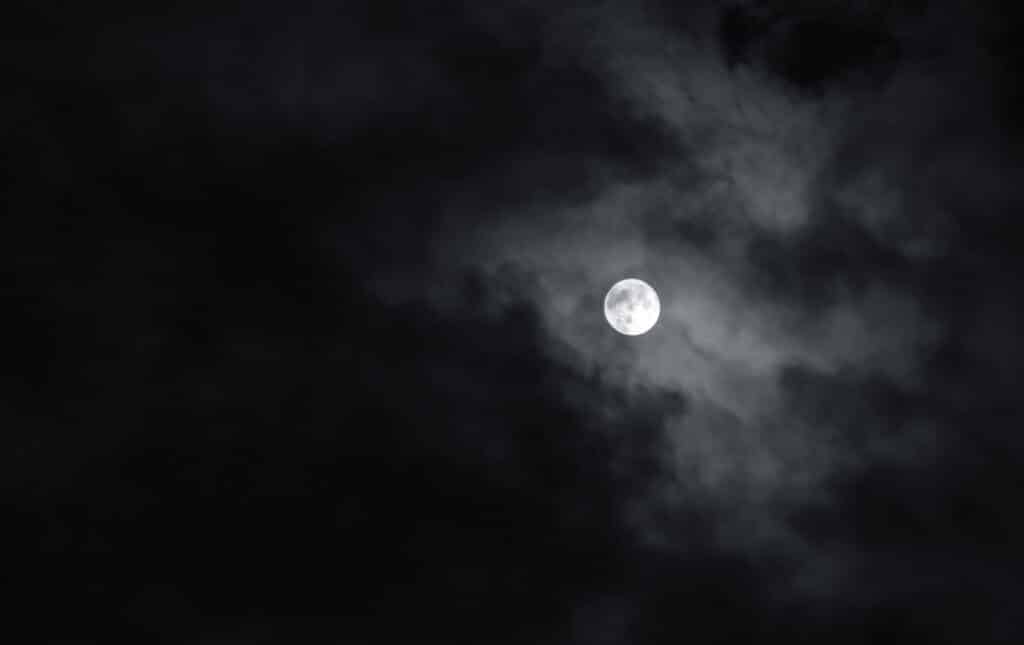
Changing colours of the Moon
You might have noticed that as well as appearing white, sometimes the Moon looks yellow, orange or even blue.
Of course, the moon is always the same colour, but it appears to look different to us on Earth as lightwaves from the Sun reflect from the Moon down to Earth. Particles in the Earth's atmosphere can cause the lightwaves to scatter, changing the moon's appearance. Pollution in the air and the moon's position can also make it appear different colours.
Yellow or Orange Moon
The moon appears yellow or orange when it's close to the horizon. This means the light reflecting from the moon has to travel through more atmosphere than usual. The short wavelength colours scatter, but we see the longer wavelength colours such as yellow and orange.
A yellow/orange moon is sometimes called a Harvest Moon, as in the days before outdoor lighting, the light from the big harvest moon allowed farmers to work for longer once the sun went down.
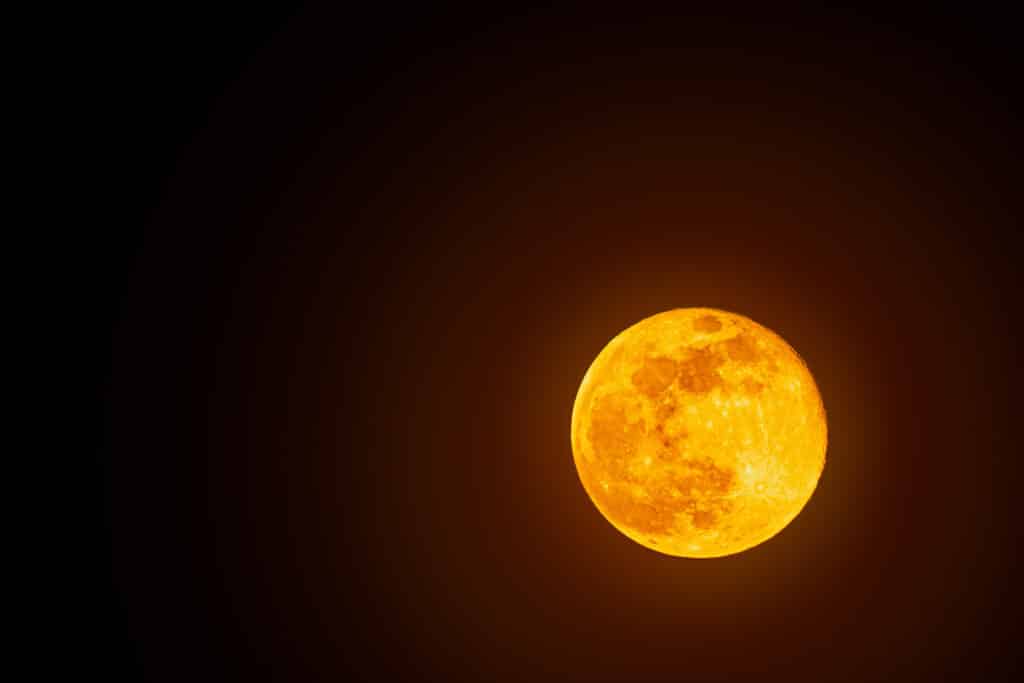
Blue Moon
A blue moon is rare, hence the saying 'once in a blue moon'. Blue moons occur when the atmosphere is dusty, such as after a volcanic eruption. The red wavelengths of light are scattered, making the Moon appear blue.
Red moon
Red moons are known as blood moons. This colour change happens during a total lunar eclipse when the Earth blocks most of the sun's light. The light that does manage to reach the moon has to pass through the Earth's atmosphere first. The shorter wavelengths of light are scattered, so only longer wavelengths are left to reflect back to us.
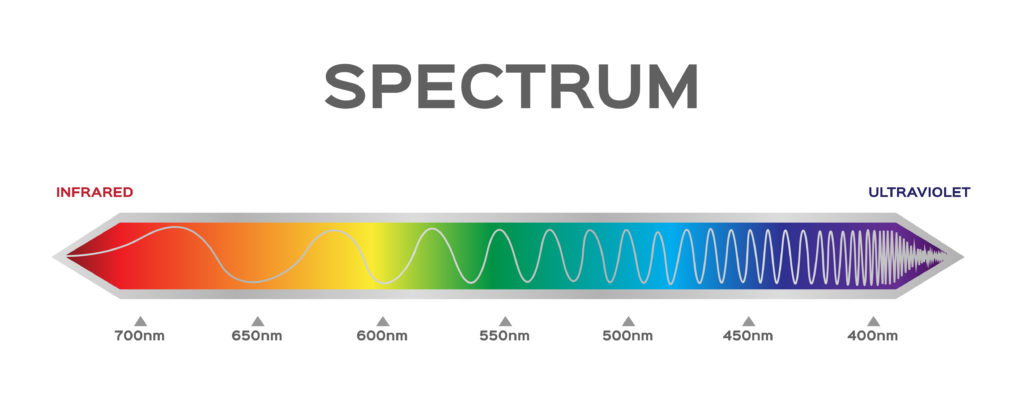
More about the Moon
Find out how craters form on the moon with a simple science activity using marbles.
Learn about the phases of the Moon with oreos!
Build a model of a lunar eclipse.
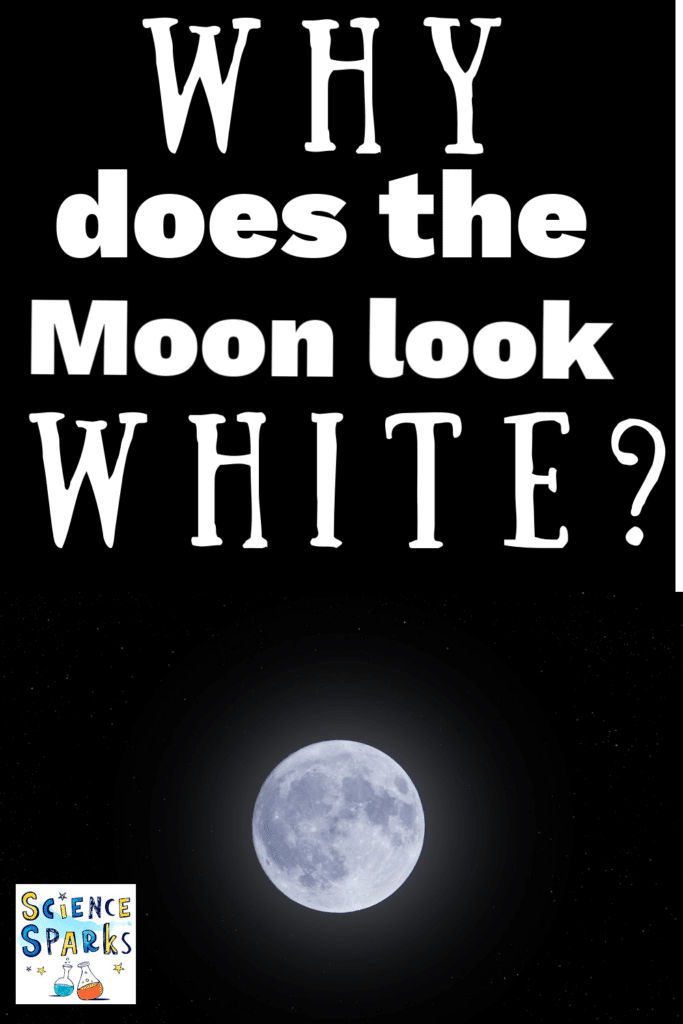
Last Updated on April 17, 2024 by Emma Vanstone
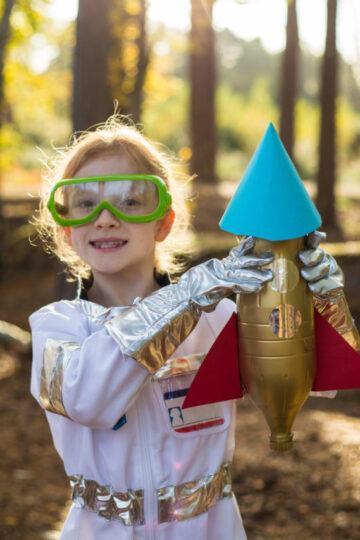
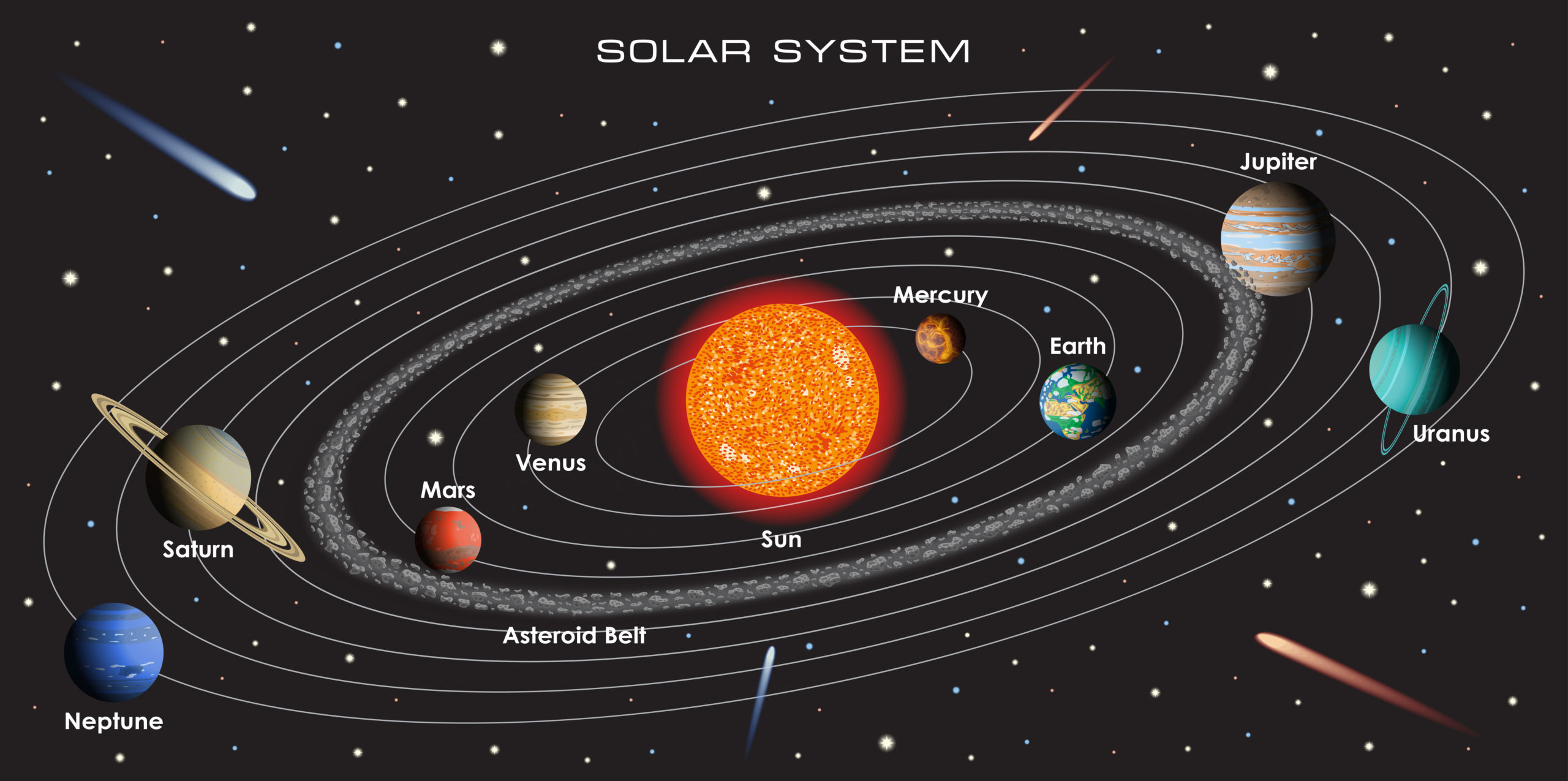
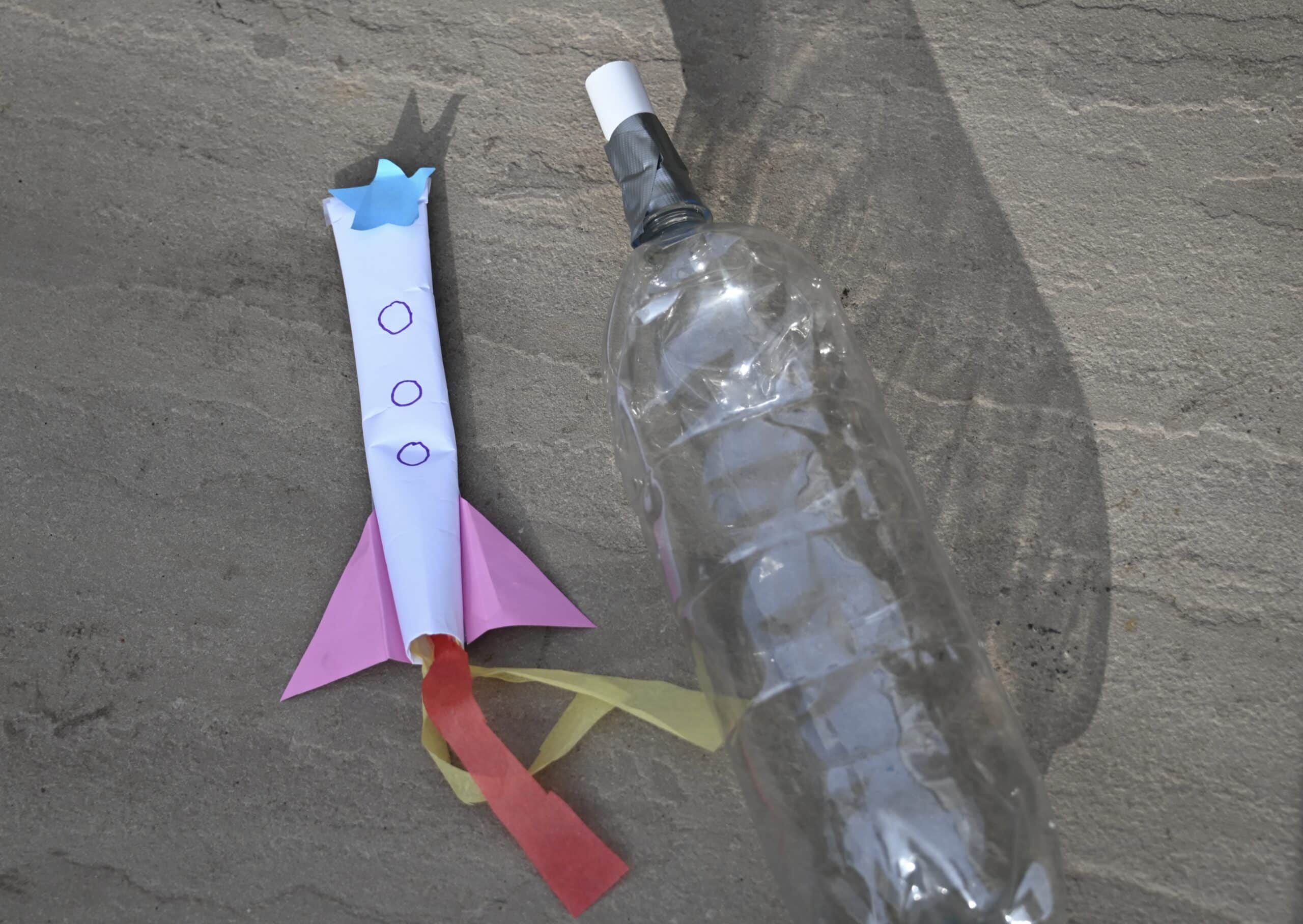
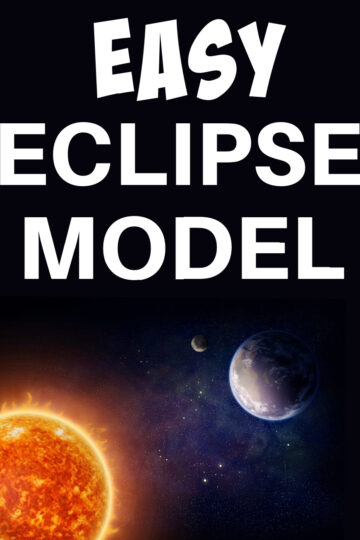

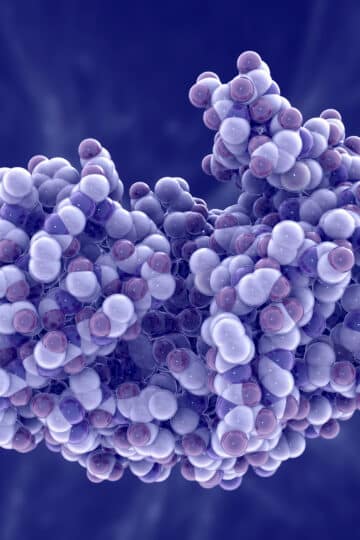
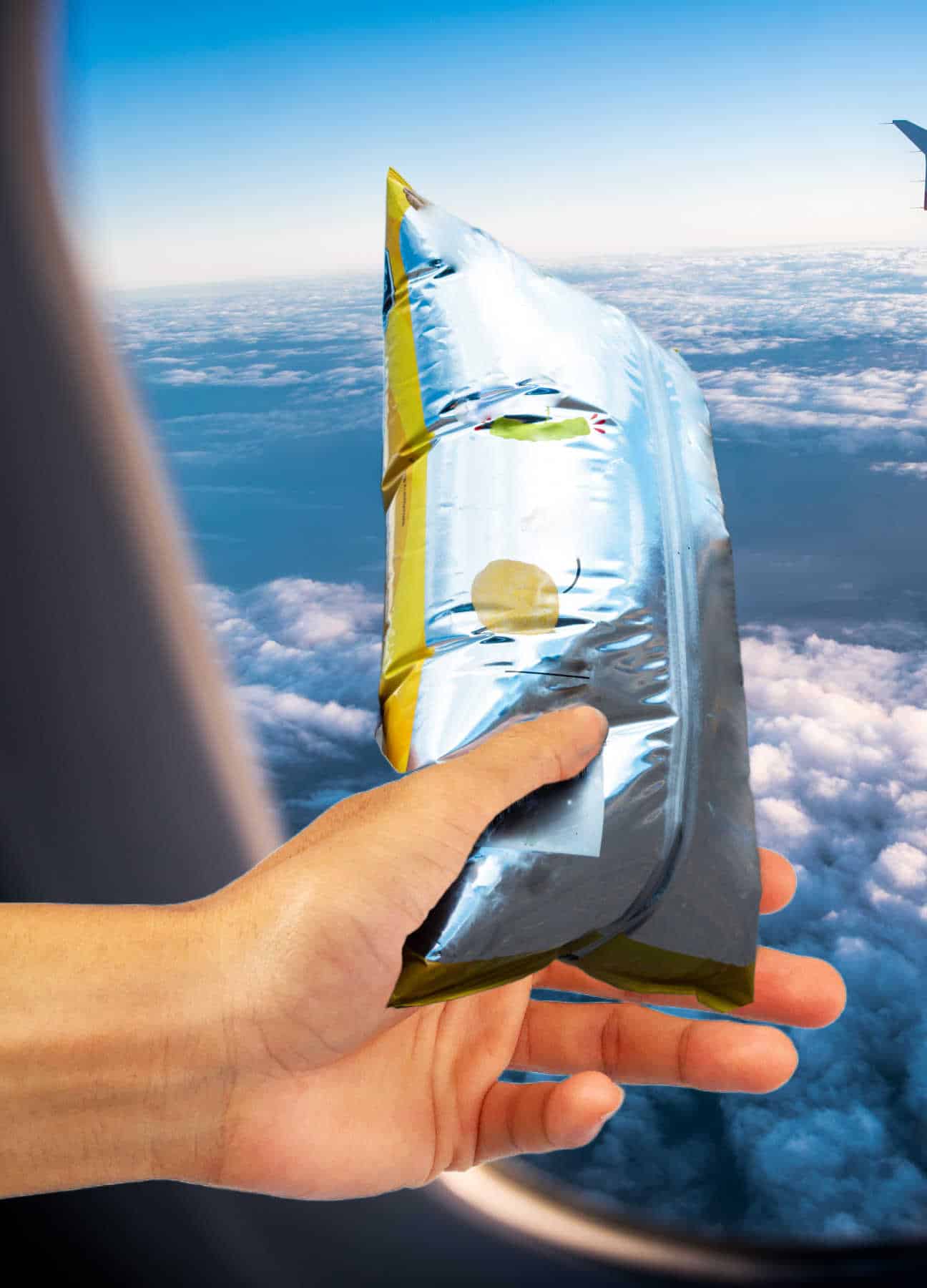
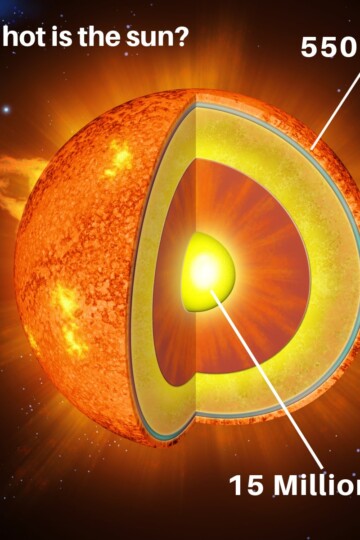
Leave a Reply